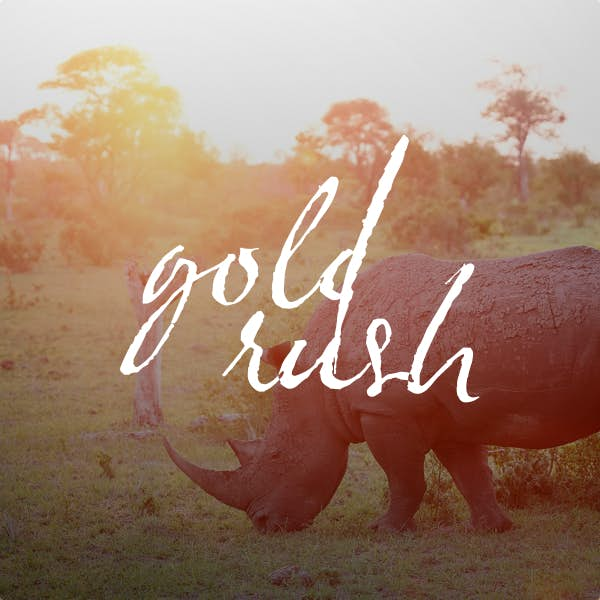


The most famous is Coleskop, which can be seen from a distance of over 40km. The town lies in typical Karoo veld and is surrounded by koppies (little hills). They finally retreated from the area on 7 March 1900.
#DIAMOND RUSH SOUTH AFRICA BORN DESPERATION FREE#
However Boer forces continued to control the Orange Free State banks of the Gariep and on 2 March 1900 they dynamited the Colesberg road bridge.The railway line to Colesberg Junction was reopened on 2 March 1900.On 20 February the Boers began to retreat from Colesberg, and on 28 February British forces under Maj-Gen RAP Clements marched into the town unopposed.On 14 February the British withdrew from their positions around Colesberg and regrouped at Arundel Siding.On 11 January they managed to drag a 15-pounder Armstrong gun to the top of Coleskop, overlooking the town, and on the next day they began shelling the town.On 1 January 1900 British troops under Maj-Gen John French attacked Boer forces in and around Colesberg.On 14 November 1899 a Boer force of 700 men under the joint command of Chief Comdt ER Grobler and General HJ Schoeman entered Colesberg unopposed.The region suffered from a dearth of natural timber but its extensive plains were suited for sheep farming. The division lies on an elevated plateau studded with flat-topped koppies which, in pre-colonial times, was the habitat of vast herds of buck. Residents were served by the The Colesberg Advertiser, a bilingual weekly newspaper established locally in 1861. The settlement was laid out about a central axis dominated by the Dutch Reformed church, and its dwellings were distinctive for their square, flat-roofed construction, a form of residential architecture which eventually became ubiquitous in the central, more arid regions of the Cape. Over the next 52 years various portions of its territory were separated to form new divisions at Albert and Richmond in 1848, Middelburg in 1858, Hanover in 1876, and Philipstown and Steynsburg in 1889. The district of Colesberg was proclaimed on 8 February 1837. The Government granted 18 138 morgen of land to the Dutch Reformed Church on January 27, 1830, and so Colesberg, named after Sir Lowry Cole, (Governor from 1828 to 1833), was established.įor many years it remained one of the most remote outposts of European settlement at the Cape and, as a result, became a major base for commercial hunters, explorers and settlers travelling into the southern African interior. They appealed to the Governor to assure their safety, but there was little improvement and in 1818 the Cape Colonial Government stepped in and put an end to the mission work.īy 1820 several huge farms had been established in the district and in 1822 the farmers petitioned for the establishment of a town. This caused great alarm among frontier settlers who felt their security was threatened. Soon a second mission station, called Hepzibah, was established nearby and within short the two stations attracted over 1 700 /Xam San (Bushmen). They were followed in the early 19th century by ‘trekboere’, migrant farmers and missionaries.īy 1814, a mission station had been established in the hopes of bringing peace to what was an extremely unruly frontier area of the Cape Colony. The first people to inhabit the Colesberg district were stone-age hunter-gatherers. You might find yourself booking some more accommodation nights in an aim to experience more of the Colesberg's rich history.Ĭolesberg was named after Sir Lowry Cole – governor of the Cape of Good Hope 1828 – 1833.


 0 kommentar(er)
0 kommentar(er)
